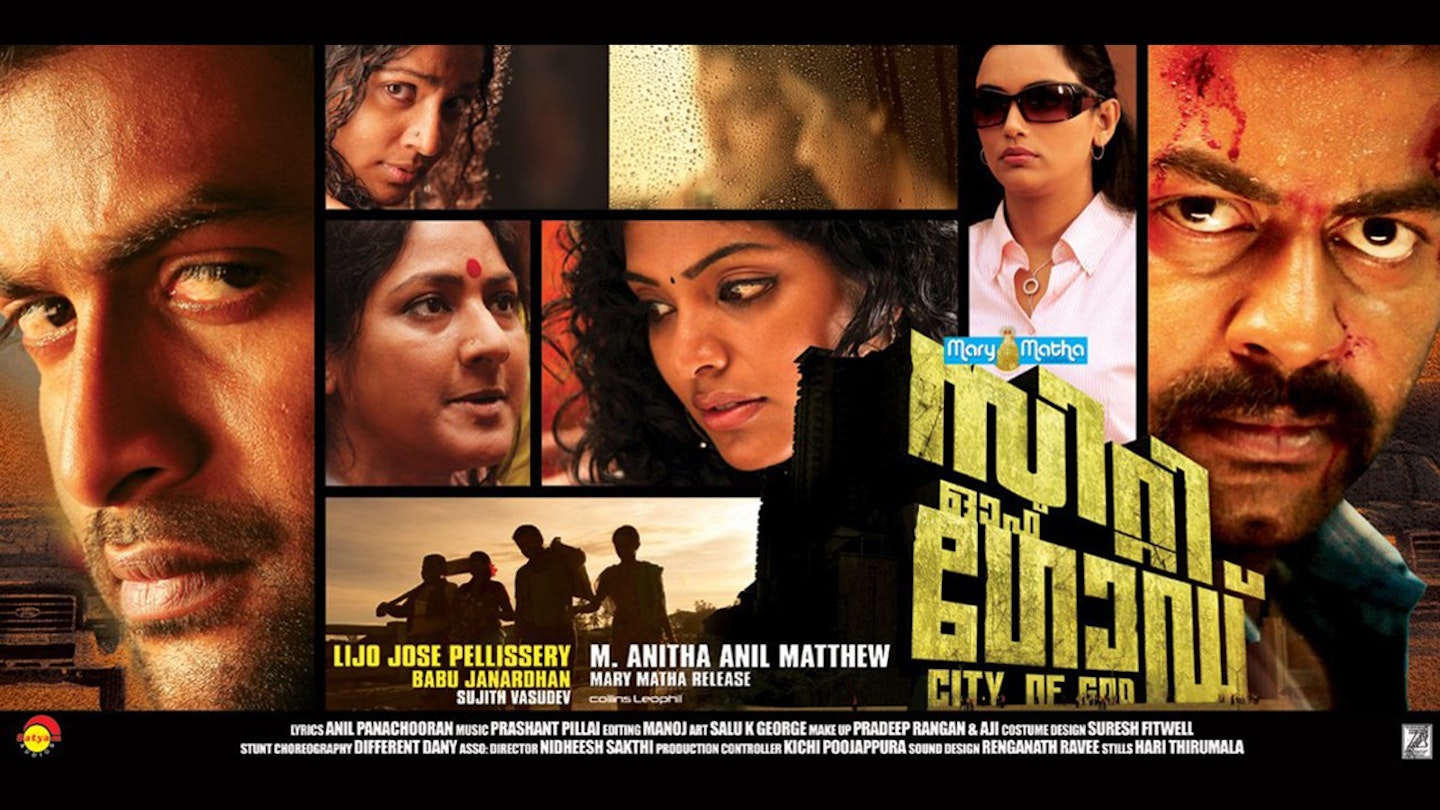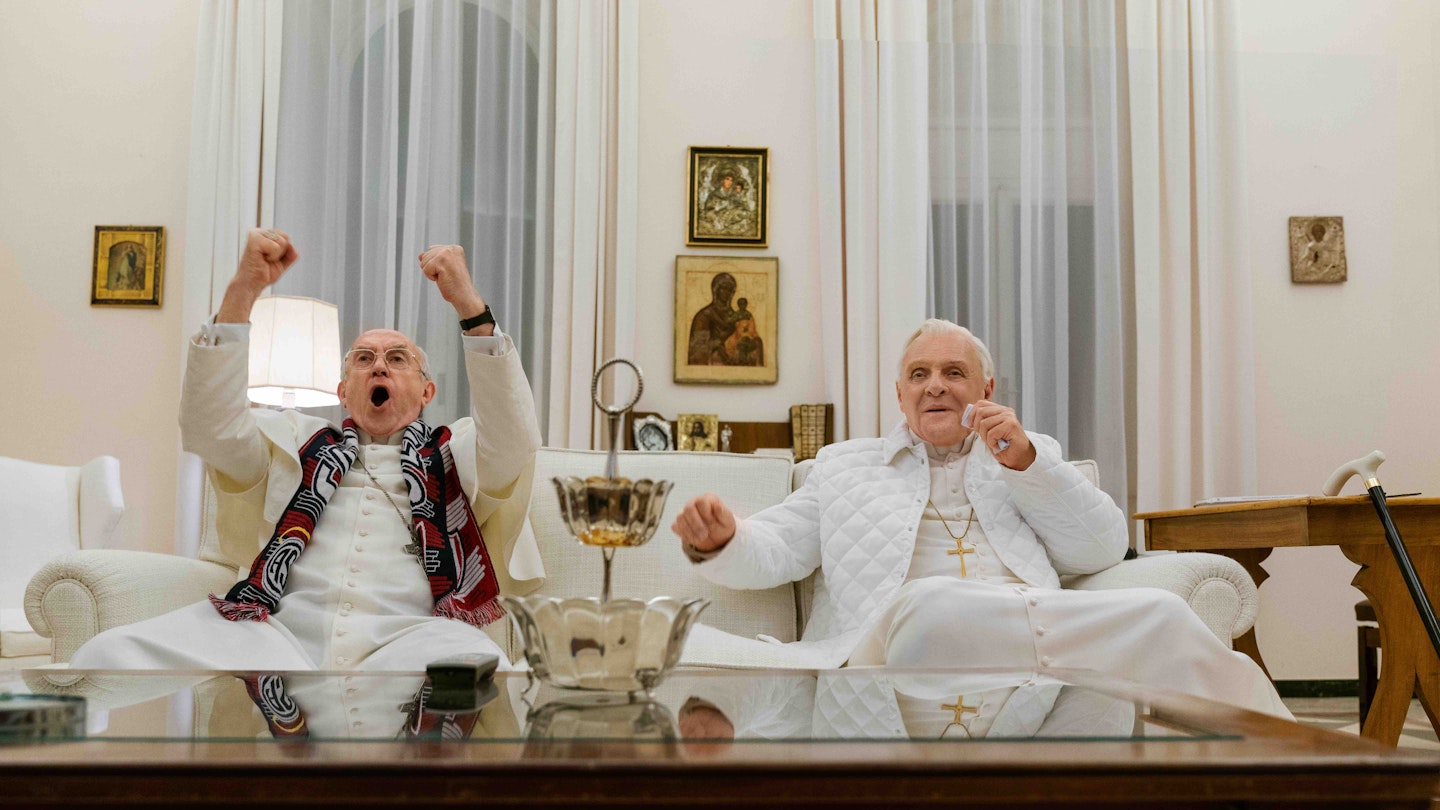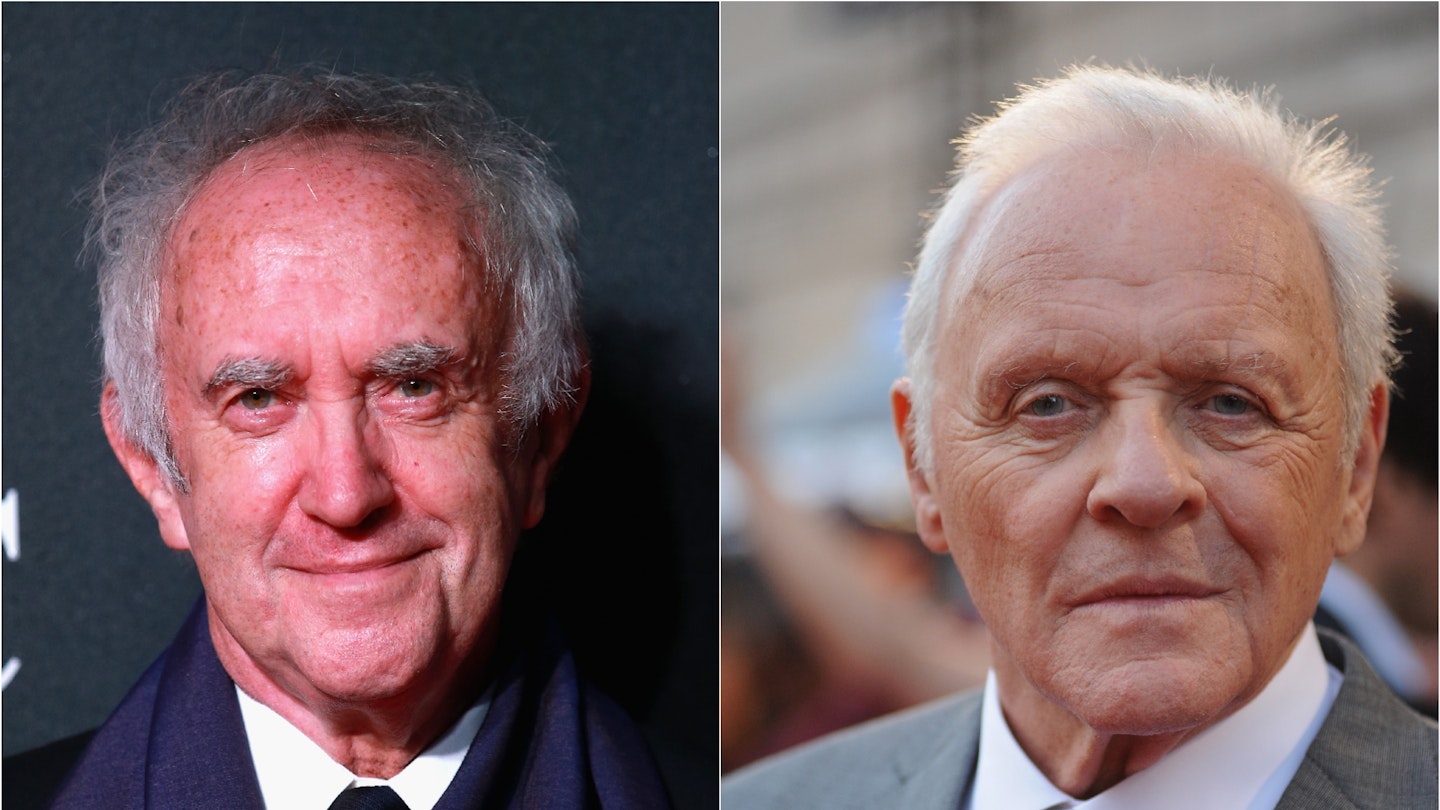It would be rather cheap to tag City Of God "the South American Goodfellas", as if every region of the world is somehow entitled to at least one gangster masterpiece in the freewheeling Scorsese tradition. (Where, you might ask, is the British Goodfellas?) However, since the audience for a two-hour-plus Brazilian movie might not show without some strong encouragement, let's make this clear: City Of God is the South American GoodFellas.
And not just because of the episodic flashback structure, or the controlling voiceover based on a first-hand account of real events. Nor even because in gurning, gun-toting Zé Pequeno, City Of God boasts a jabbering psychotic every bit as compelling and unpredictable as Joe Pesci's Tommy. No, City Of God is the South American GoodFellas simply because it's more-or-less in the same class. And only a handful of movies can make that claim.
Based on Paulo Lins' eyewitness testimony of the bloody turf war which for years raged in Rio De Janeiro's most notorious slum, City Of God contains enough indelible characters and unforgettable stories to fill several good films. After some five years of preparation, director Meirelles marshals this wealth of material in a dizzying variety of ways, finding – even after two hours of gun battles – new ways to shoot and edit a sequence.
However, if City Of God were notable chiefly for inventive editing, then it would be merely a remarkable technical achievement; but the film's real ace is the kids. Through an exhaustive series of open auditions and workshops, Meirelles and co-director Lund not only unearthed dozens of non-professionals right out of the favelas, they also encouraged them to improvise large sections of the script. The results are right and true in a way that Harry Potter can never be. The scene in which two young kids must decide whether they want to be shot in the hand or the foot contains some of the most powerful acting ever committed to celluloid. Devastating.


